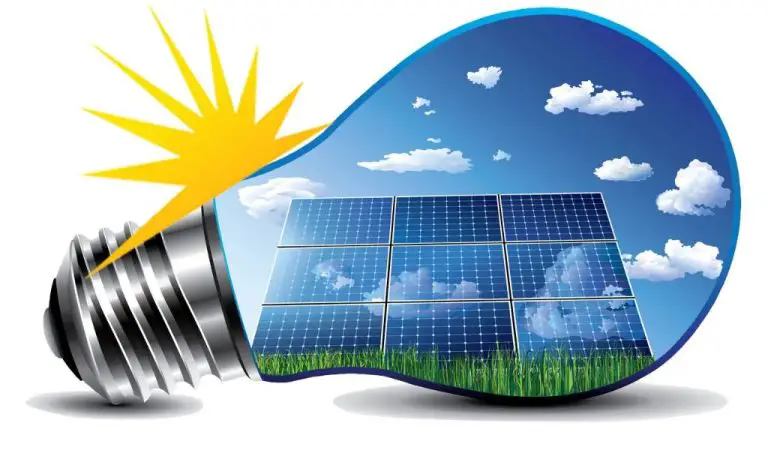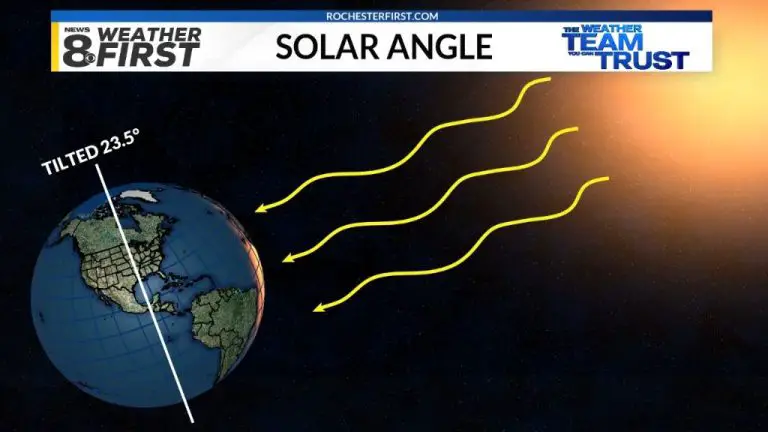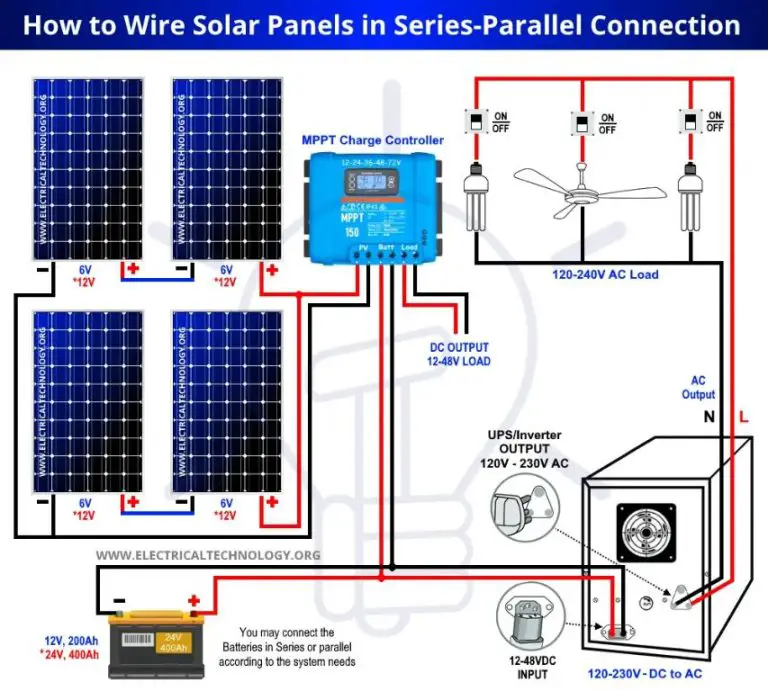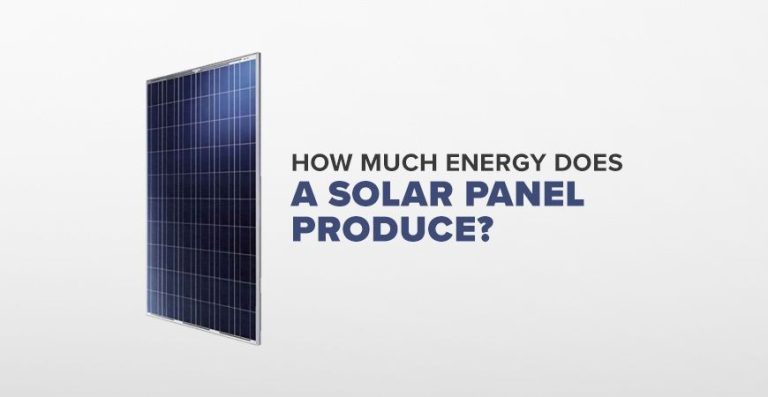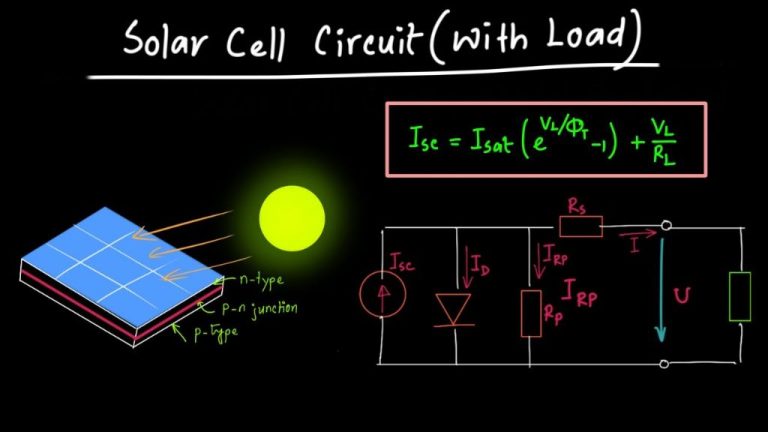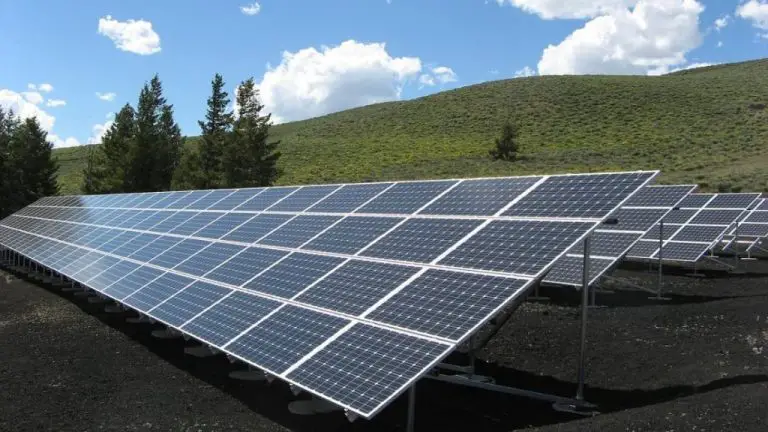Is Solar Energy Passive Or Active
Introduction
Solar energy is the radiant light and heat from the sun that is harnessed using a range of technologies such as solar heating, photovoltaics, and concentrated solar power. Solar energy is a renewable energy source, meaning that it is constantly replenished by the sun and is virtually inexhaustible. Harnessing solar energy does not lead to carbon emissions or pollution which makes it an essential part of a sustainable energy future. According to the U.S. Department of Energy, the amount of solar energy that hits the Earth’s surface in one hour could supply the entire world’s energy needs for a year. Given its abundance and environmental advantages, solar energy has become an increasingly important part of energy strategies aimed at reducing fossil fuel dependence and mitigating climate change. [1]
Definitions of Active and Passive
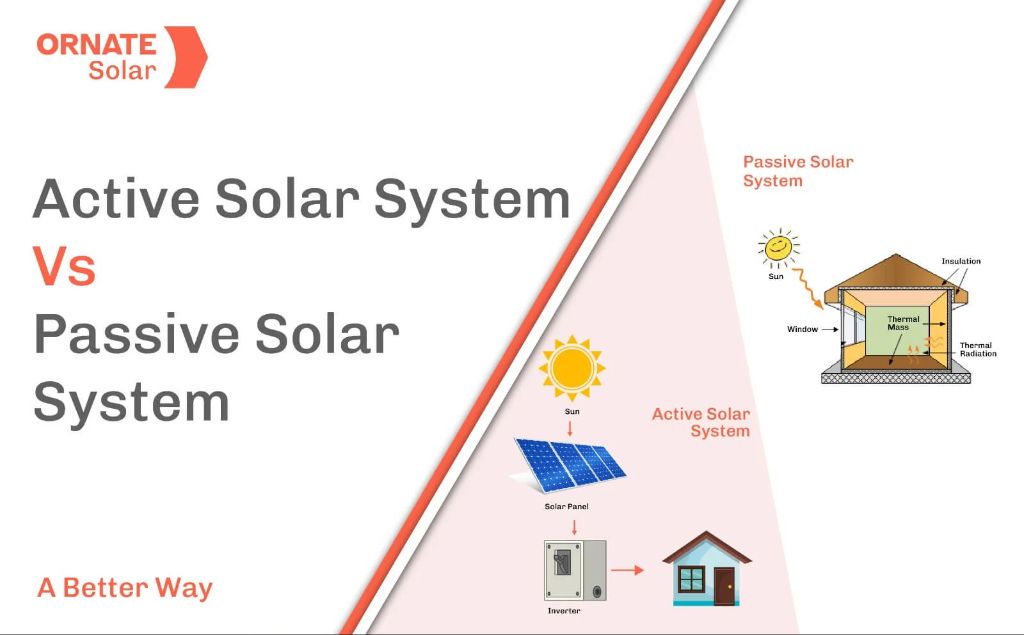
In general, something that is active requires an external source of energy in order to function, while something passive does not. Passive systems rely on natural physical phenomena to operate, while active systems use external power sources and controls.
For example, passive solar heating uses energy from sunlight being converted into heat without the use of mechanical systems. On the other hand, active solar heating uses pumps and controls to move heat from solar thermal collectors into buildings or water tanks.
Similarly, passive houses are designed and built to maintain comfortable temperatures through architectural design, whereas active houses rely on heating, ventilation and air conditioning (HVAC) systems powered by electricity or gas. Passive components don’t require an external stimulus to work, while active components require an external input like electricity to operate.
In summary, passive systems harness natural energy flows, while active systems require man-made, external energy inputs to function. Passive operates through inherent physical design, while active relies on artificial controls and power.[1]
[1] https://www.merriam-webster.com/grammar/active-vs-passive-voice-difference
How Solar Energy Works
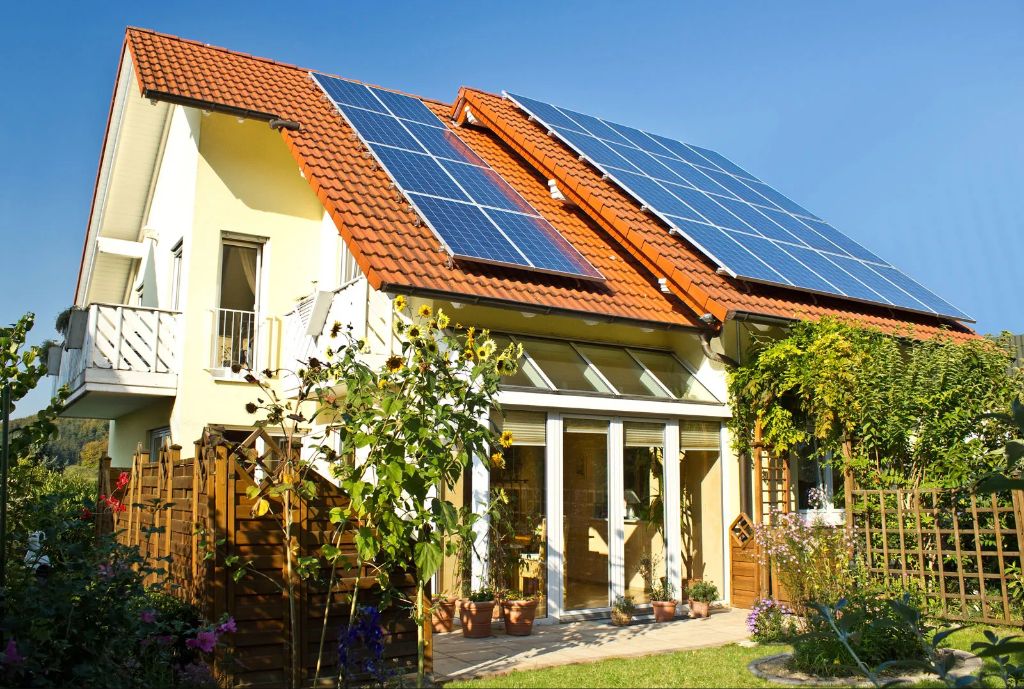
Solar panels generate electricity from sunlight through a process called the photovoltaic effect. Here is a breakdown of the basic steps:
1. Photons from sunlight hit the solar panel and are absorbed by semiconducting materials like silicon.
2. These photons knock electrons loose from their atoms, generating electron-hole pairs and creating positive and negative electric charges in the panel. The p-n junction separates the charges.
3. The electrons move towards positive metal contacts, making an electric current flow in the panel. This is direct current (DC).
4. An inverter converts the DC into alternating current (AC), which is the type of electricity used in our homes. The electricity can then be fed into the electrical grid.
So in summary, through the photovoltaic effect solar panels convert the sun’s photons into electrons and eventually into usable electricity. The more intense the light, the more electricity generated [1].
Is Solar Energy Generation Active or Passive?
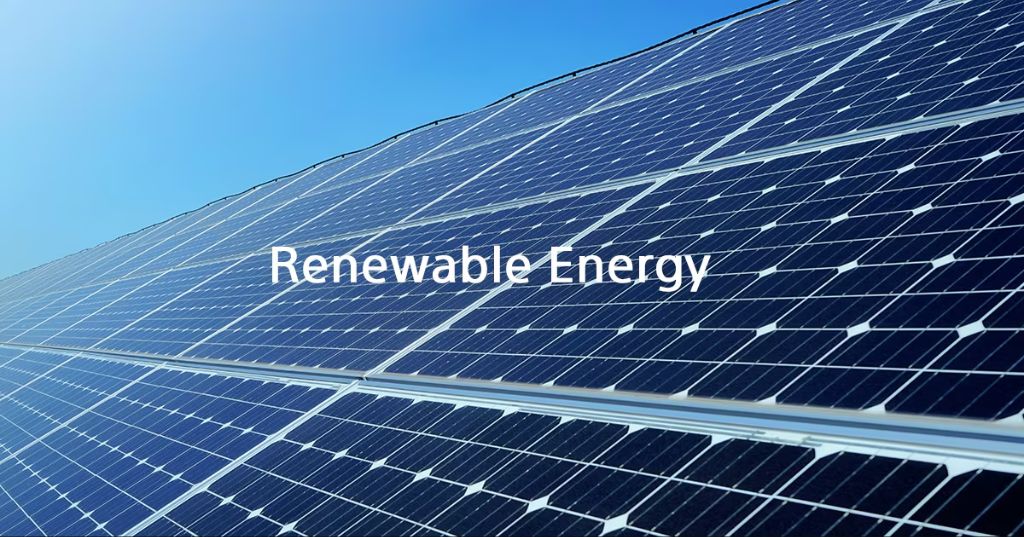
The answer to whether solar energy generation is passive or active depends on the specific technology being used. According to the Environmental and Energy Study Institute, passive solar systems directly capture and convert sunlight into usable heat or electricity without any mechanical devices. This includes techniques like orienting buildings and windows to maximize solar gain for heating and natural lighting. Active solar systems, on the other hand, use panels, pumps, and fans to convert sunlight into usable energy forms. Photovoltaic solar panels that generate electricity are considered an active technology.
So in summary:
- Passive solar techniques directly capture and utilize solar energy without mechanical devices, like maximizing solar heat gain through building orientation.
- Active solar technologies use panels, converters, and other equipment to transform solar energy into usable electricity, heat, or lighting.
- Photovoltaic solar panels that create electricity are an active solar generation technology.
While PV solar panels require man-made equipment, their operation is still ultimately driven by the sun’s radiation, not another external power source. So some may argue PV panels straddle the line between fully passive and fully active solar generation. But most experts classify PV panels as an active solar technology since they utilize specialized equipment to convert sunlight into electricity.
Passive Solar Heating and Cooling
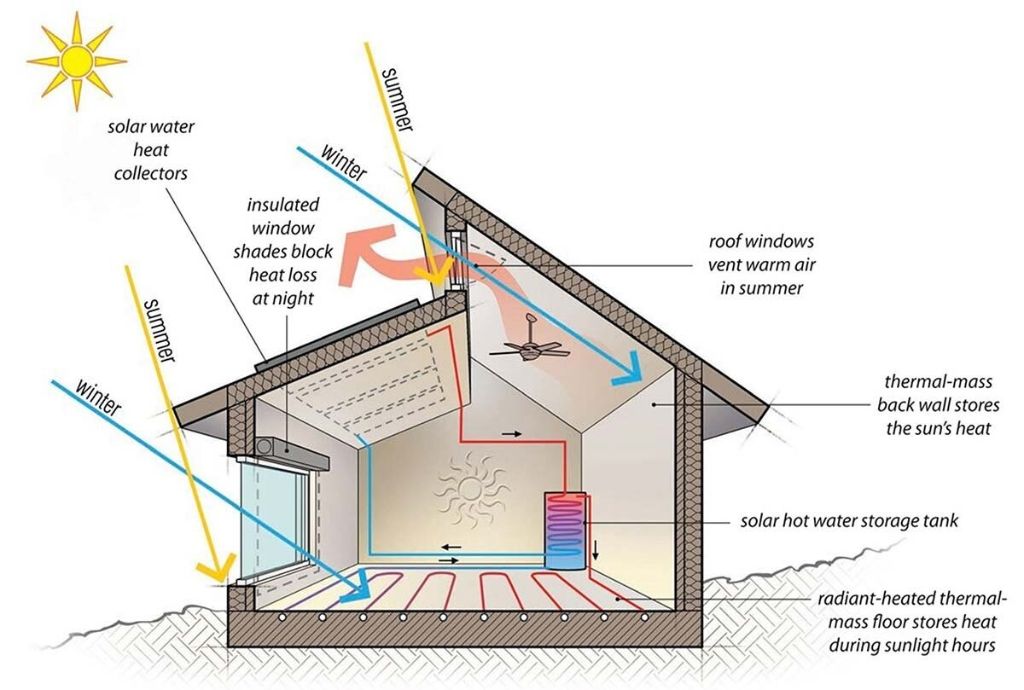
Passive solar heating and cooling refers to technologies that take advantage of natural energy flows to regulate indoor temperatures without the use of mechanical systems or external power sources like electricity or gas. Passive solar design techniques can heat, cool, and light homes in energy-efficient ways by converting sunlight into usable heat and controlling heat flow into and out of a building.
Some key passive solar design principles include:
- Orientation – orienting windows and openings to maximize southern exposure
- Absorption – using materials that readily absorb heat from sunlight
- Thermal mass – incorporating materials like masonry or tile that absorb and slowly release heat
- Distribution – using convection to distribute absorbed heat through the interior
- Shading – providing shading on windows during summer to block heat gain
- Insulation – minimizing heat loss by heavily insulating the envelope
- Passive cooling – utilizing shading, ventilation, and evaporation to cool without AC
Unlike active solar technologies like photovoltaic panels or solar water heaters, passive solar techniques don’t require mechanical devices or external energy use. By intelligently designing a building to optimize sunlight, ventilation, and heat flows, passive solar can provide free heating and cooling year-round.
Some examples of passive solar heating designs are direct gain systems, trombe walls, and sunspaces. Passive cooling techniques include strategic shading and landscaping, natural ventilation, and systems like an evaporative cooler. Overall, passive solar represents a cost-effective, environmentally friendly way to harness the sun’s energy for thermal regulation.
Active Solar Technologies
Active solar technologies convert sunlight into usable energy such as electricity or heat using electrical and mechanical equipment. The two main types of active solar technologies are photovoltaic systems and concentrated solar power systems.
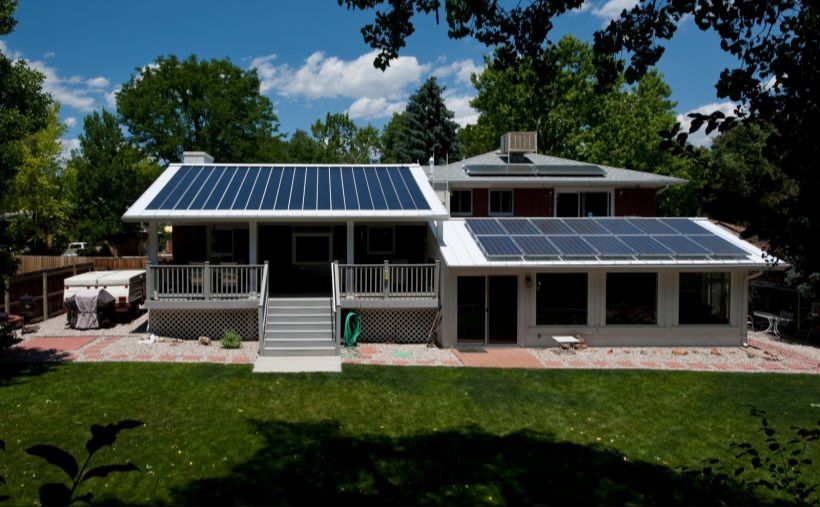
Photovoltaic (PV) systems use solar panels containing photovoltaic cells to convert sunlight directly into electricity. The photovoltaic effect causes electrons to be knocked loose from atoms when solar energy is absorbed, generating an electric current. Photovoltaic panels can be installed on rooftops or ground-mounted arrays to generate electricity. Some key advantages of PV systems are modularity, limited maintenance, and no emissions.
Concentrating solar power (CSP) systems use mirrors to concentrate sunlight onto a receiver containing a heat transfer fluid. The concentrated sunlight heats the fluid to a high temperature, which is then used to drive a turbine or engine connected to an electrical power generator. CSP technologies include parabolic trough, power tower, parabolic dish, and linear Fresnel reflector systems. CSP provides dispatchable renewable energy that can also be stored for use when direct sunlight is unavailable.
Overall, active solar technologies provide renewable electricity and heat through the direct conversion of sunlight. With photovoltaics and concentrated solar power, solar energy can be used to meet energy needs without carbon emissions.
Sources:
[Renewable Energy Flashcards](https://quizlet.com/253701606/renewable-energy-flash-cards/)
[Approaches for integrated hydrogen production based on nuclear and renewable energy sources: Energy and exergy assessments of nuclear and solar energy sources in the United Arab Emirates](https://www.researchgate.net/publication/303953037_Approaches_for_integrated_hydrogen_production_based_on_nuclear_and_renewable_energy_sources_Energy_and_exergy_assessments_of_nuclear_and_solar_energy_sources_in_the_United_Arab_Emirates)
Hybrid Solar Systems
Hybrid solar systems combine aspects of both passive and active solar technologies. These systems utilize solar panels (an active technology) along with passive solar design techniques, such as orienting the home and its windows to maximize solar gain. Hybrid systems allow homeowners to generate electricity from solar panels, while also passively heating and lighting the home.
In a hybrid solar system, solar panels are installed to convert sunlight into electricity. This electricity can power home appliances and devices like normal grid electricity. Any excess electricity generated is fed back into the grid. The home itself is designed with passive solar principles in mind – large south-facing windows allow sunlight to naturally heat the interior in winter, while overhangs block out summer sun. Strategic landscaping provides shade in summer and allows sunlight in winter.
According to RoofGnome, hybrid systems provide the ability to generate solar electricity while also reducing energy bills through passive solar design. They allow homeowners to size their solar system based on electricity needs, while passive techniques provide supplemental space heating and lighting. Hybrid solar systems can qualify for the same incentives and rebates as regular photovoltaic systems.
Overall, hybrid solar leverages both active and passive techniques for an integrated renewable energy solution. The solar panels actively generate electricity, while the passive design provides heating, cooling, and lighting. This allows the home to reduce its energy consumption from the grid through solar generation and efficiency.
Comparisons of Passive and Active Solar
Passive and active solar energy systems both offer benefits but also have key differences that make each better suited for certain applications. When comparing passive vs. active solar, some of the key factors to consider are efficiency, cost, complexity, climate suitability, and use cases.
Passive solar tends to have lower efficiency than active solar, but also lower upfront installation costs. As it requires no mechanical components, passive solar also involves less complexity and lower maintenance requirements. Passive solar is well-suited to heating and lighting homes and buildings, especially in sunny climates. The efficiency of passive solar decreases significantly in cloudier regions.
Active solar often has higher efficiency as the systems use solar energy to generate electricity or heat water. However, the photovoltaic panels and mechanical components involved make active solar more complex and expensive to install initially. Maintenance costs are also higher. Active solar works well for generating solar power and heating water in nearly any climate.
Overall, passive solar is a simple, low-cost option suitable for heating, cooling, and lighting structures. Active solar requires a larger investment but offers greater efficiency for generating electricity and heating water via solar energy. The optimal solar energy solution depends on the specific application and climate.
Future Outlook
Solar energy is expected to see tremendous growth in the coming decades. According to research, solar energy future projections presented in the IPCC Fifth Assessment Report indicate that solar power generation could expand globally by up to 4,500 GW by 2050.
The cost of solar technologies like photovoltaic panels is also projected to continue falling, making solar power increasingly cost-competitive with fossil fuels. This cost reduction combined with supportive government policies and growing demand for clean energy will drive increasing adoption of solar around the world.
While passive solar design will remain an attractive option for heating and lighting buildings, active solar power generation is expected to see the most dramatic growth. Utility-scale solar farms and rooftop solar installations are poised to expand exponentially to meet rising energy demands. Solar energy is on track to play a major role in the global transition away from fossil fuels.
However, some experts believe that the full potential of solar power may only be realized through continued technological improvements. Advances in solar cell efficiency, energy storage, and materials science will be needed to enable solar to reliably meet a substantial share of global energy demand.
Overall, the future looks bright for solar energy. With the right policies, investments, and innovations, solar has the potential to transform how the world produces and consumes energy over the 21st century.
Sources:
https://www.researchgate.net/profile/Md-Washim-Akram/post/What_sources_of_clean_energy_and_RES_technologies_will_dominate_in_the_future/attachment/5bdba998cfe4a76455ff0001/AS%3A688331625078784%401541122456087/download/grandell2016.pdf
https://www.researchgate.net/profile/Mike_Simmons3/publication/341540542_Who_needs_geoscientists_The_evolving_role_of_geoscience_through_the_energy_transition/links/5ee25957299bf1faac4b4109/Who-needs-geoscientists-The-evolving-role-of-geoscience-through-the-energy-transition.pdf
Conclusion
In summary, solar energy utilizes both passive and active technologies. Passive solar aims to harness sunlight naturally without mechanical devices, through design techniques like building orientation, window placement, thermal mass, insulation, and shading. Active solar uses electrical or mechanical equipment like photovoltaic panels, concentrated solar power, solar water heating, and solar ventilation to convert sunlight into usable energy. While passive solar principles can minimize the need for nonsolar energy, active systems allow focused energy production. Most experts recommend an integrated approach that combines both passive and active solar applications. This hybrid strategy maximizes solar gain and efficiency. With both forms of solar on the rise, solar energy as a whole offers a promising renewable energy source for the future.

